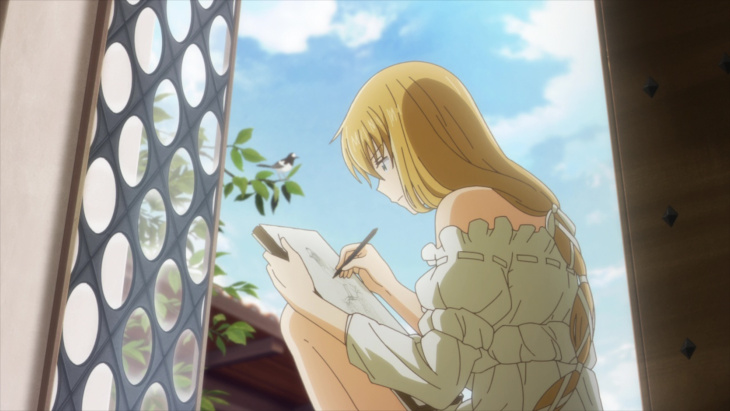
“I only allowed you to have art lessons as a hobby. If you are so absorbed in it, gentlemen will lose interest in you.”
The aspect of Arte that jumps out at the viewer first is the setting. Most historical anime take place in Japan, so to have one tackle 16th century Florence is a novel sight. This comes with certain logistical pitfalls that Arte doesn’t fully succeed in sidestepping. In its attempts to both present the biases of the time while offering an empowering story, the narrative can swing too widely in both directions. The animation and character models aren’t spectacular either, which can lead to feelings of dissonance as characters enthuse about art. It has its charms, though, which even its limitations have the potential to highlight. The style brings to mind series like Spice and Wolf which shared a similar tone to what Arte appears to be aiming for. Still, the charms only carry it so far (and I was never a fan of Spice and Wolf), so I can’t argue that Arte is a must watch show of the season, but it does offer a pleasant enough experience despite its well-worn narrative core.
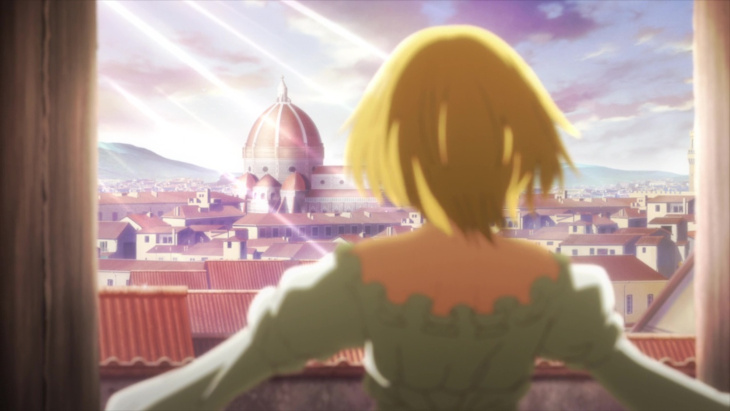
What I mean is, as novel as the setting is, Arte leans heavily on a multitude of tropes that viewers will recognize. Our main character is the titular Arte, a noble girl of 14 who finds her life in turmoil after the death of her father. With her being the only child and the family’s financial future in question, her mother prioritizes finding a suitor for Arte. This includes bringing an end to Arte’s artistic pursuits as her mother believes that she needs to invest in other pursuits that will make her more desirable, since they can’t afford a significant dowry. Arte decides the only means she has at her disposal that will allow her to continue both her art and her independence is to petition to become an artisan’s apprentice. This is one instance where the narrative seems out of touch with reality. It’s not unrealistic that the Renaissance artisans would be dismissive of a noble girl requesting to join as an apprentice, but we see Arte literally get shoved to the ground and her drawings tossed aside. Given that artisans relied on patronage from nobles, this seems like a bizarre means of getting rid of annoyance, because it could directly impact their business. Arte is ultimately thrust upon an artisan named Leo who begrudgingly offers her an impossible task as a test to become his apprentice. You may think you know how this turns out. You probably think he comes back the next day to find that through gumption alone Arte has completed the task he set for her and he gains an appreciation for her drive and passion. Well, you are completely right… Like I said, the narrative does little to break the mold despite a fun setting. It’s one thing when a series can cover for its familiar story elements, but in Arte’s case they stand out like sore thumbs. If one thing can be said for the plot, it features a strong sense of earnestness which, fortunately, sloppy structuring can’t undermine.
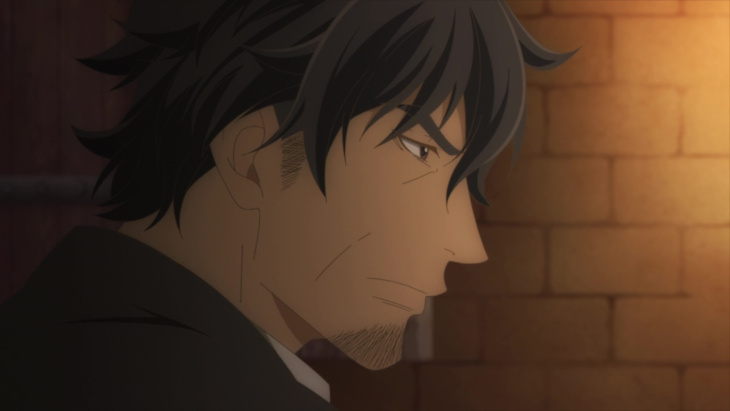
The production is handled by Seven Arcs, whom I’ve encountered once prior. Two years ago, I reviewed the first episode of an anime they produced called Dances with the Dragons, which was a narrative mess. Since then they’ve only produced the anime Bermuda Triangle: Colorful Pastrale from last year. I actually remembered this title existed solely because Mother’s Basement placed it on his Worst Anime of 2019 list ahead of W’z. I guess this goes to show that Arte is a shift in the right direction for the studio. The visuals aren’t on par with what I would like to see from this series, but there are moments of visual flourish that work well. The character designs continue to irritate me though. Facial hair is presented using a weird crosshatch technique, and it just doesn’t look good. Leo is probably the most notable offender since he has a decent amount of facial hair on his chin, and in motion it becomes distracting. I won’t go so far as to say the show looks bad, but it’s probably just shy of average. The OP seems oddly peppy and energetic for a historical drama, like if Downton Abbey had used “Champagne Supernova” as its theme music. It doesn’t sound bad (Well, “Champagne Supernova” kinda does), but it adds to the factors confusing the tone. The ED is more appropriate, but also nothing to write home about. Frankly, the production is better than I would expect from the studio, but it still falls a little short.
Before I wrap up, a few Notes and Nitpicks:
- After giving Arte the “impossible” task of preparing 20 wood panels overnight, Leo is approached by two other artisans at the bar who ask him about why he did it. This is obviously to get him to exposit on his motivations, but falls apart when you ask a simple question. HOW did they hear about it? Leo is aloof, and wouldn’t be bragging about that and Arte clearly spends the entire night at the workshop.
- While Arte’s act of symbolically cutting her hair off (and thus ceasing to be female) is pretty silly, the show does cover for it well by having her take a left turn into comedy as she tries to figure out how to go about getting rid of her breasts as well.

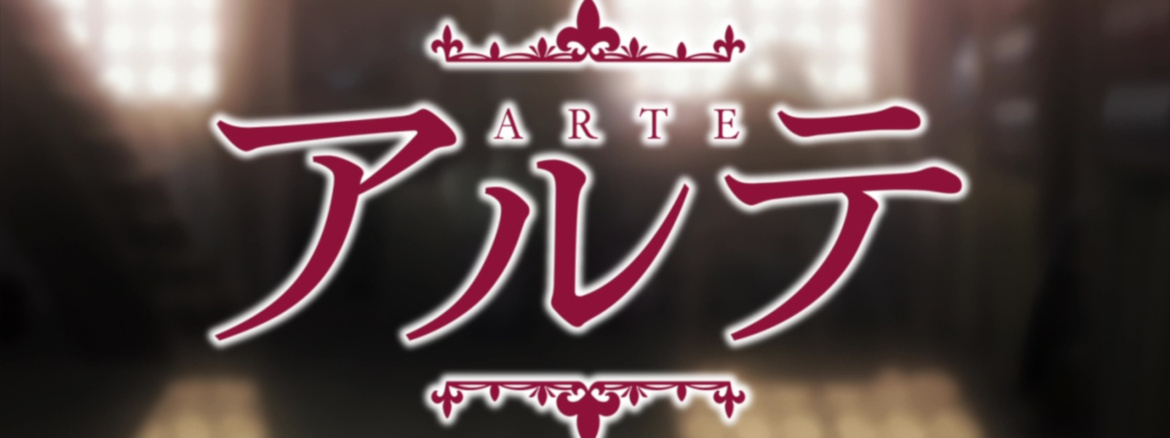
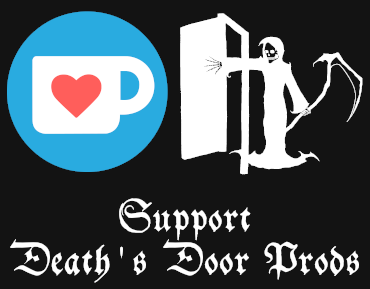
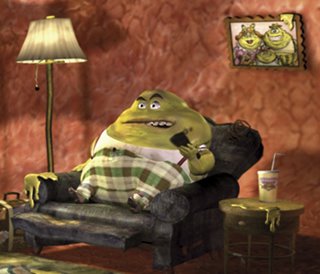
Add comment